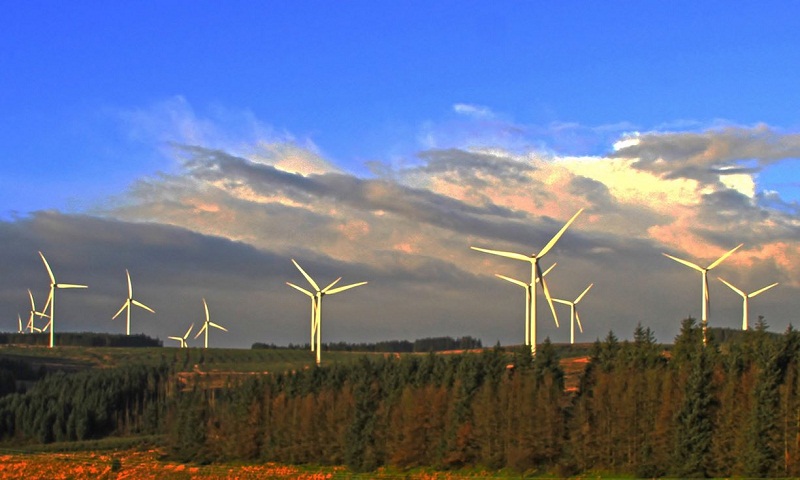Charging ahead: Welsh battery scheme may aid growth of green energy

One of the UK’s largest battery storage schemes, built next to a windfarm, will offer vital services to the National Grid. Nestling alongside rows of conifers and wind turbines in a Welsh valley, a pioneering project will materialise this summer that could prove a blueprint for unlocking Britain’s renewable energy potential. The Upper Afan Valley near Swansea is already home to the biggest windfarm in England and Wales, but in July work will begin there on one of the UK’s largest battery storage schemes. Built by Swedish energy company Vattenfall, the facility will involve six shipping containers stuffed with lithium-ion batteries made by BMW’s electric car division. The project is seen as a crucial part of the jigsaw for helping wind, solar and other renewable sources go from the 25% of UK power they provide today, to the much greater share the government needs to hit its climate change targets. The batteries will not store the electricity generated by the Pen y Cymoedd windfarm with which they share a site, but will offer vital services to the National Grid to cope with the fluctuations that come from renewable power. Colocating the plant with the windfarm was key to making the economics of the scheme work. Vattenfall said that the site’s existing infrastructure, such as connections to the grid’s transmission network to take power around the UK, meant it was about £5m cheaper than building it on a standalone site. “To connect a battery project to the transmission network would be prohibitively expensive, but because we have the windfarm already in place, we can share the assets. It’s a huge cost-saving,” said Frank Elsworth, who is managing construction of the 22MW plant, the battery equivalent of 450 BMW i3 electric cars. Solar power has grown rapidly in the last seven years, going from almost nothing to 11GW of capacity, meaning it now regularly provides more power than Britain’s last coal plants. There is also 15GW of wind power, a figure that will climb this year as major offshore windfarms come online. That has posed a new challenge to National Grid’s task of keeping energy supply and demand in balance, which is essential for keeping the system’s frequency at 50Hz. It responded last year with a tender for services to keep the frequency constant, which, along with new contracts for providing backup power, has encouraged major companies such as Centrica and EDF to embark on building utility-scale battery schemes.

